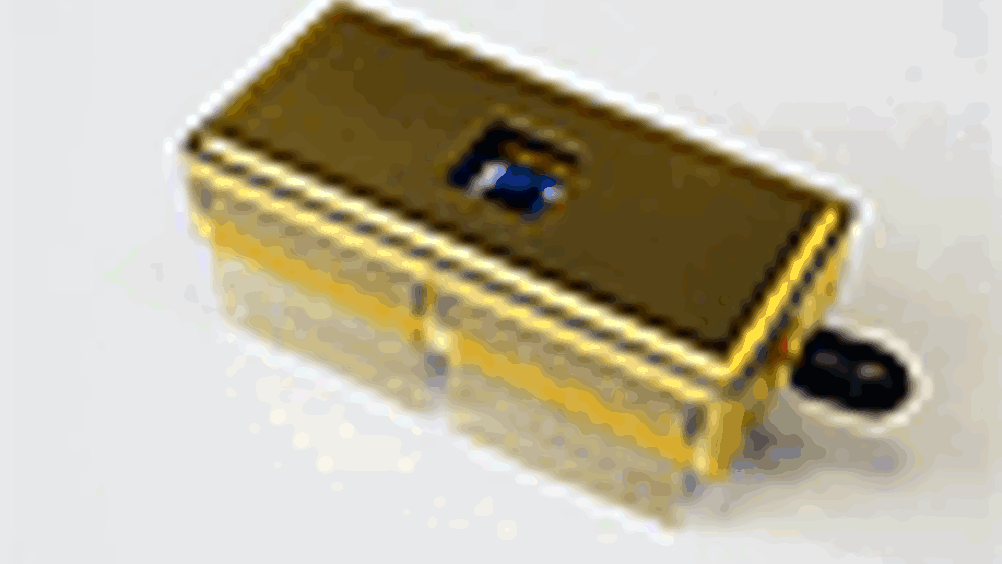Ultra-fast camera
Celestial images from the Very Large Telescope array are set to be given a boost, claim the developers of OCam: the world's fastest high-precision faint-light camera.

Celestial images from the Very Large Telescope (VLT) array are set to be given a boost, claim the developers of OCam: the world's fastest high-precision faint-light camera.
OCam will be part of the SPHERE second-generation VLT instrument. Due to be installed in 2011, SPHERE will take images of giant exoplanets orbiting near stars.
The device works alongside adaptive optics instruments to tackle the blurring effect caused by atmospheric turbulence. This is a problem common to all large ground-based telescopes and is overcome using techniques that offer real-time corrections taken from a high-speed camera.
The new generation of telescopic equipment requires these images to be taken at a rate of more than 1,000 times a second. With significant input from Chelmsford-based
, OCam is claimed to be the first faint-light camera able to do this and was last year granted production approval by the European Southern Observatory (ESO). However, its five-year development has come with a number of technical challenges.
Register now to continue reading
Thanks for visiting The Engineer. You’ve now reached your monthly limit of news stories. Register for free to unlock unlimited access to all of our news coverage, as well as premium content including opinion, in-depth features and special reports.
Benefits of registering
-
In-depth insights and coverage of key emerging trends
-
Unrestricted access to special reports throughout the year
-
Daily technology news delivered straight to your inbox










Pipebots Transforming Water Pipe Leak Detection and Repair
Fantastic application.